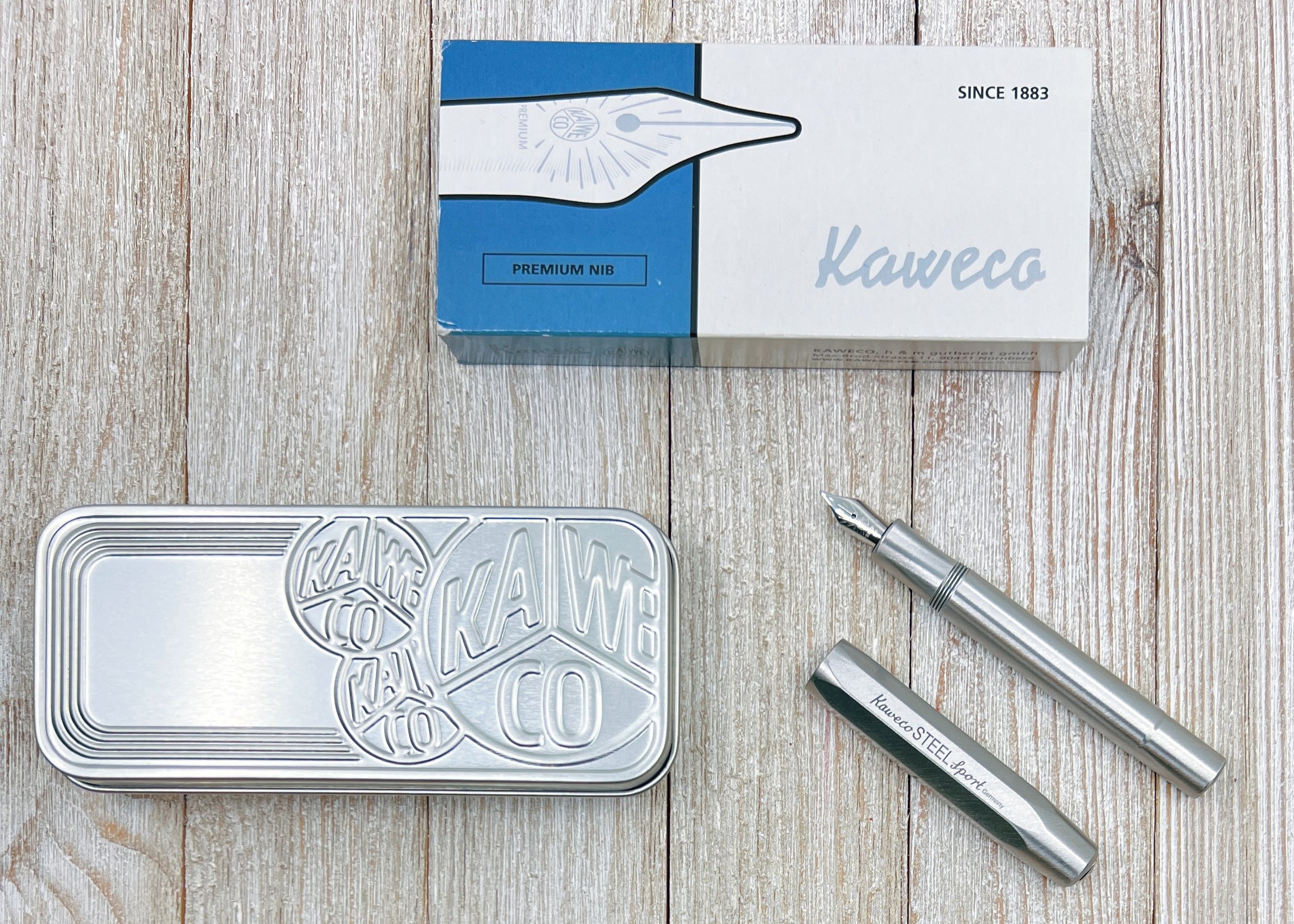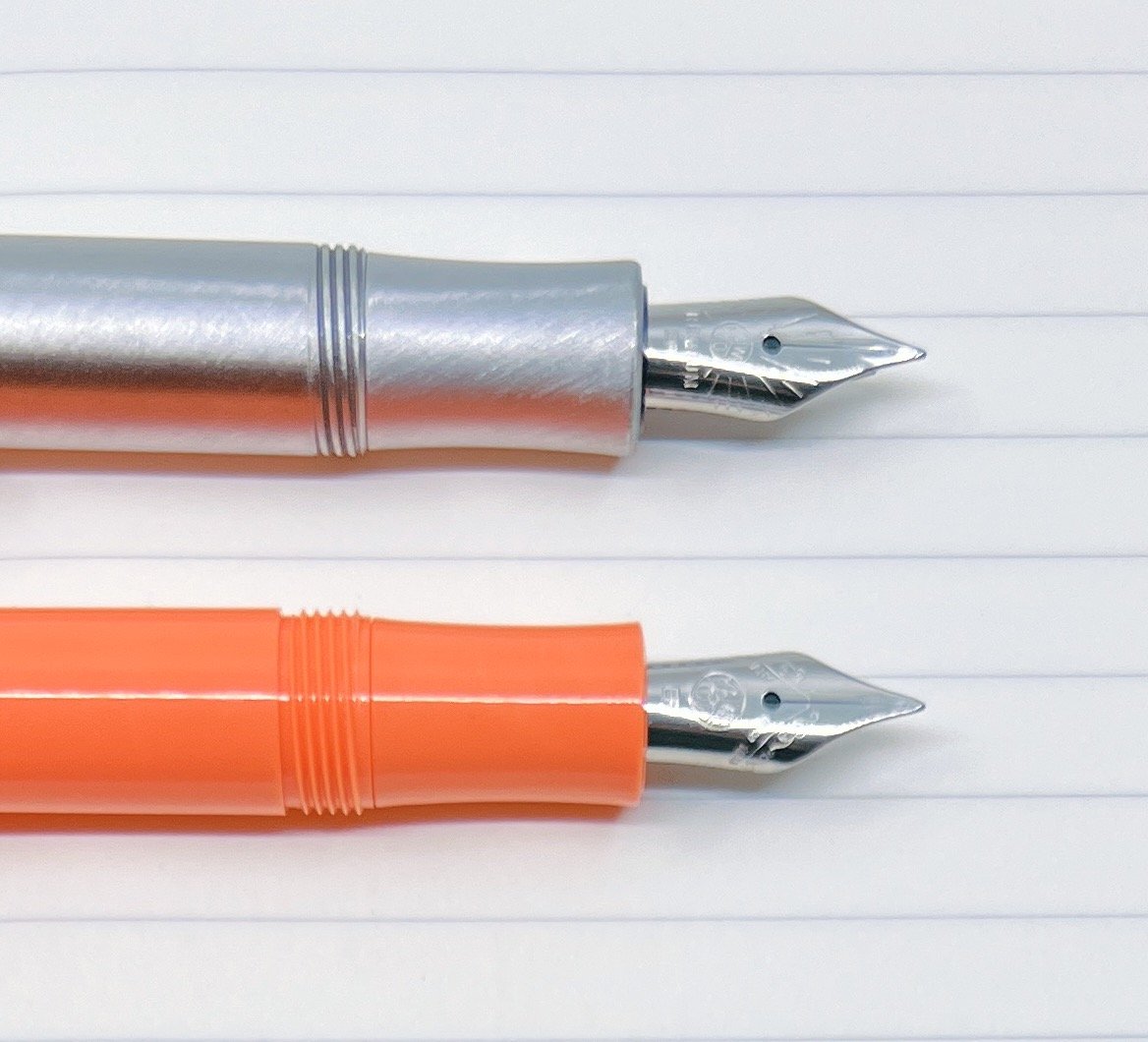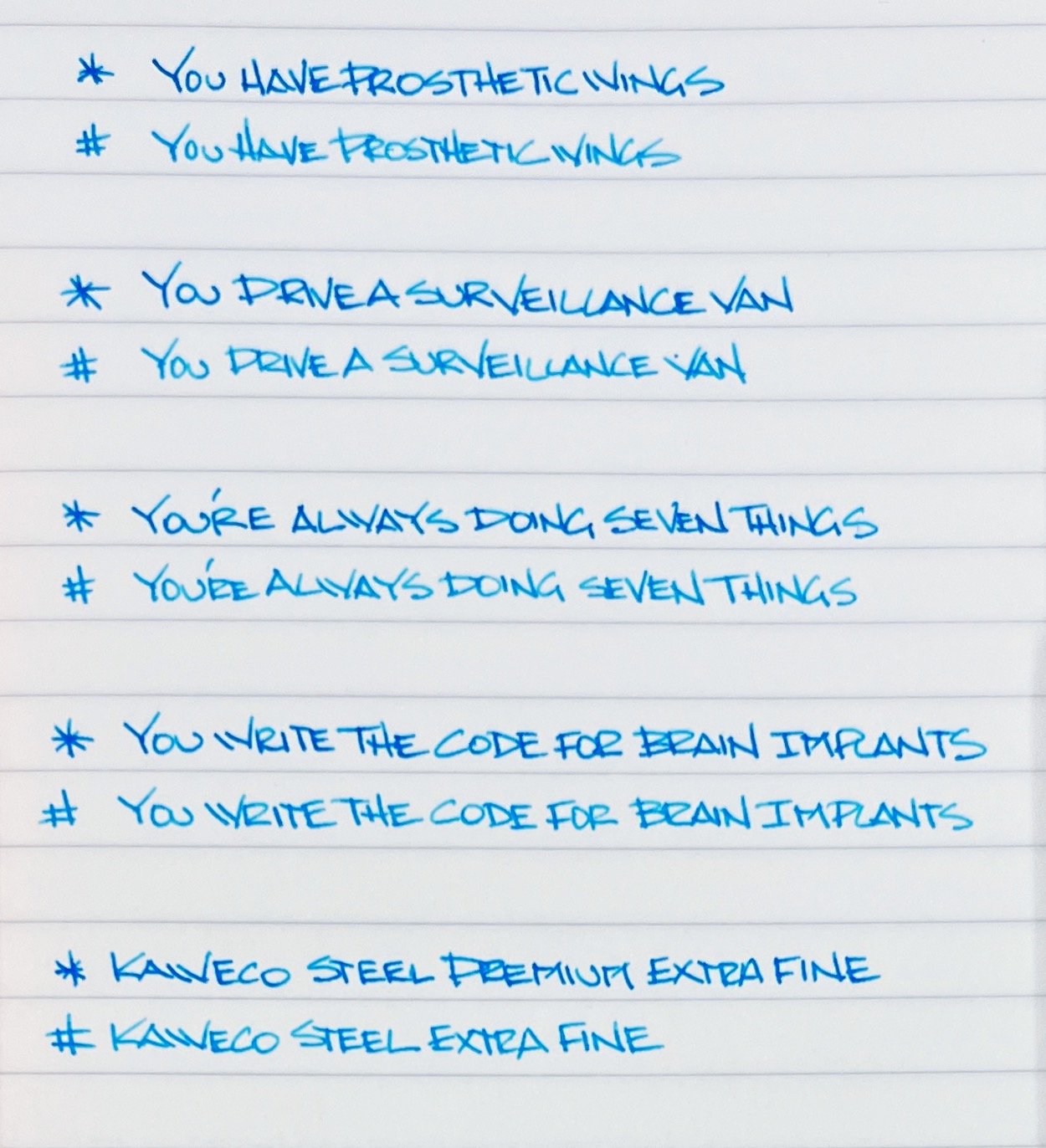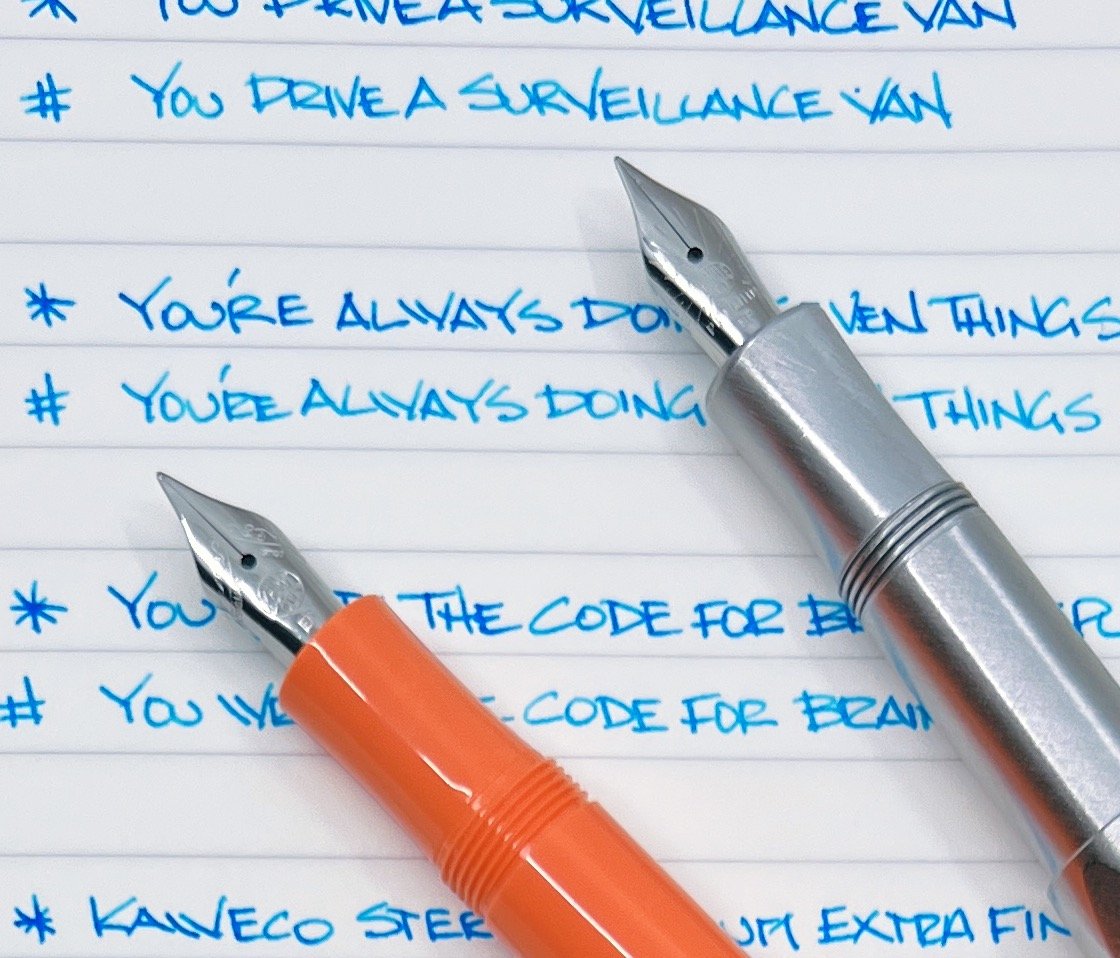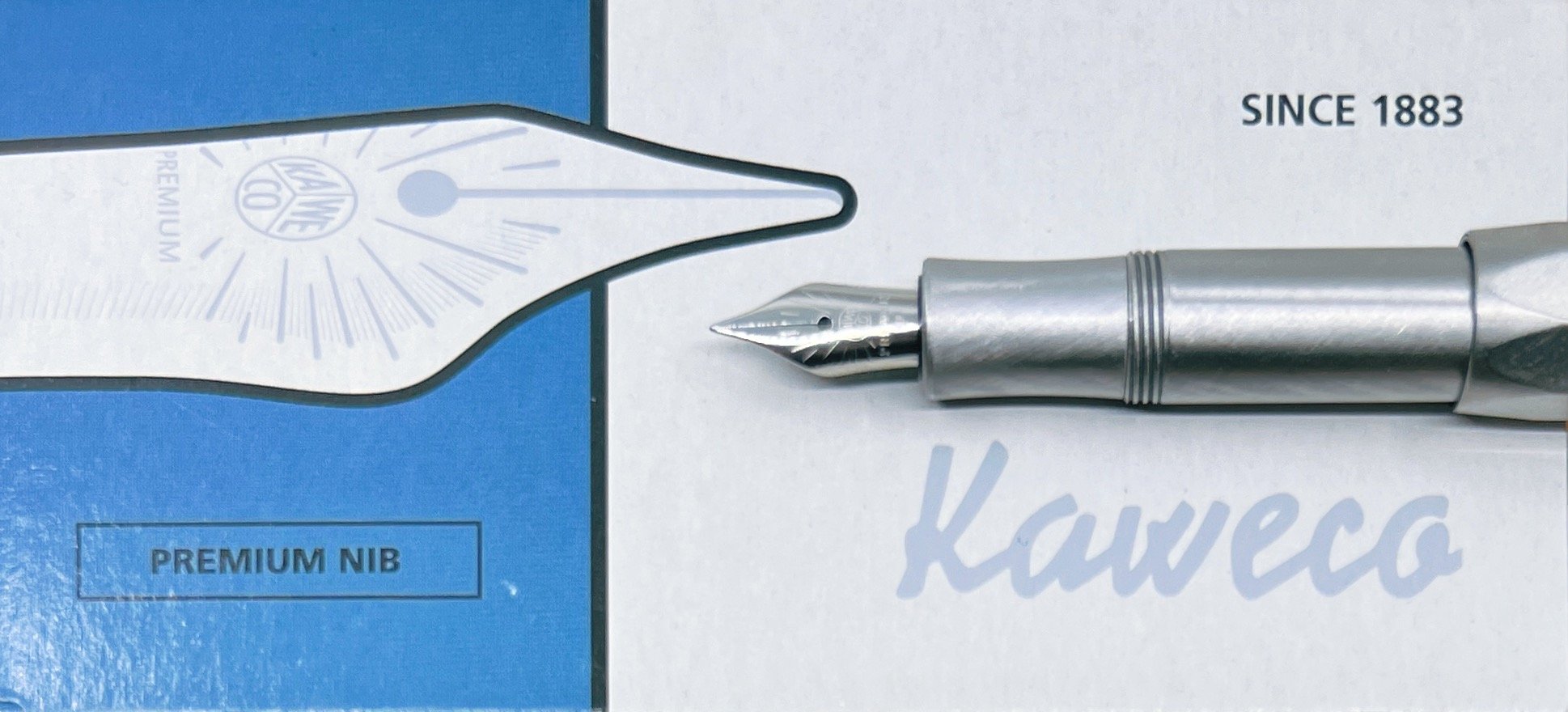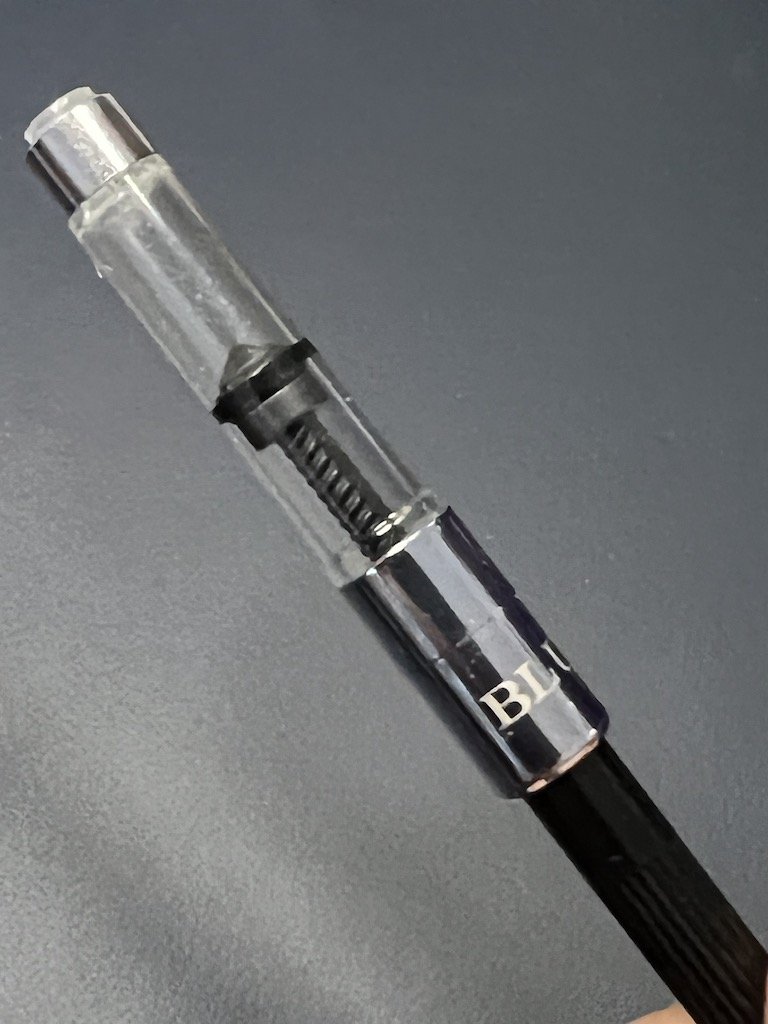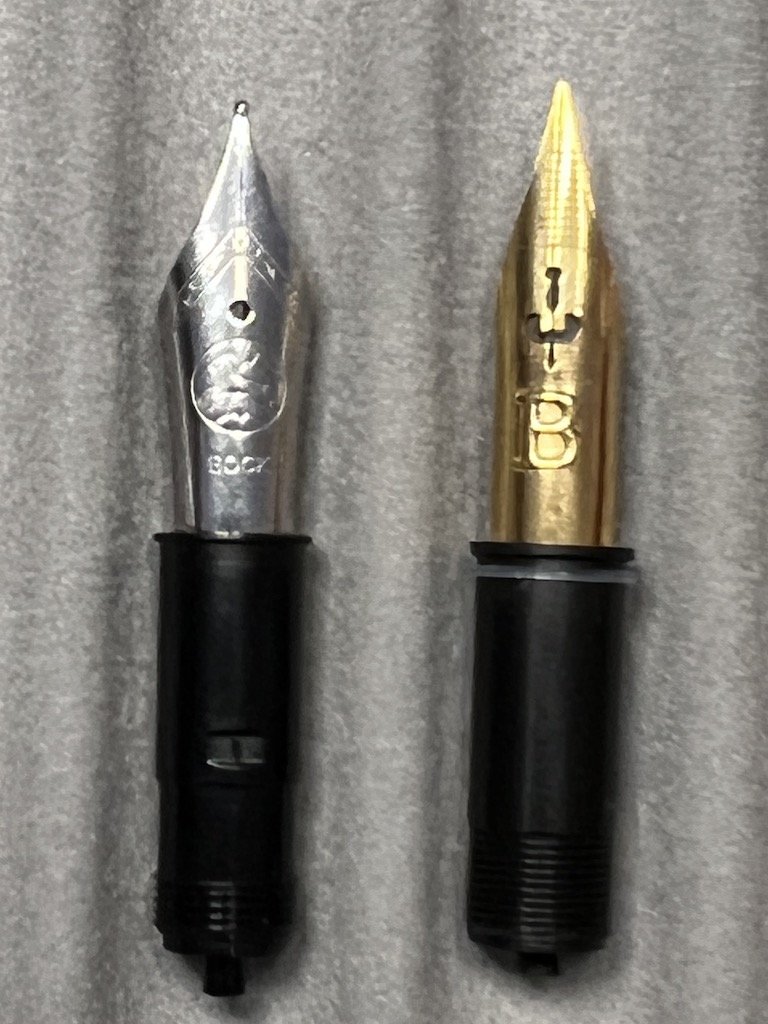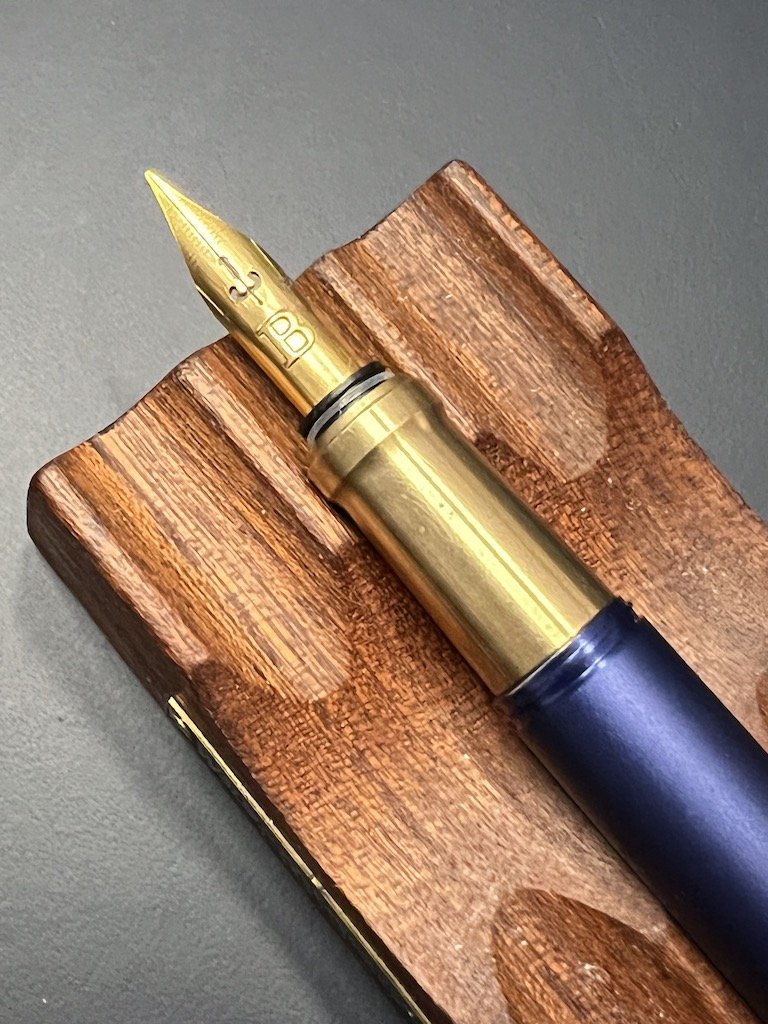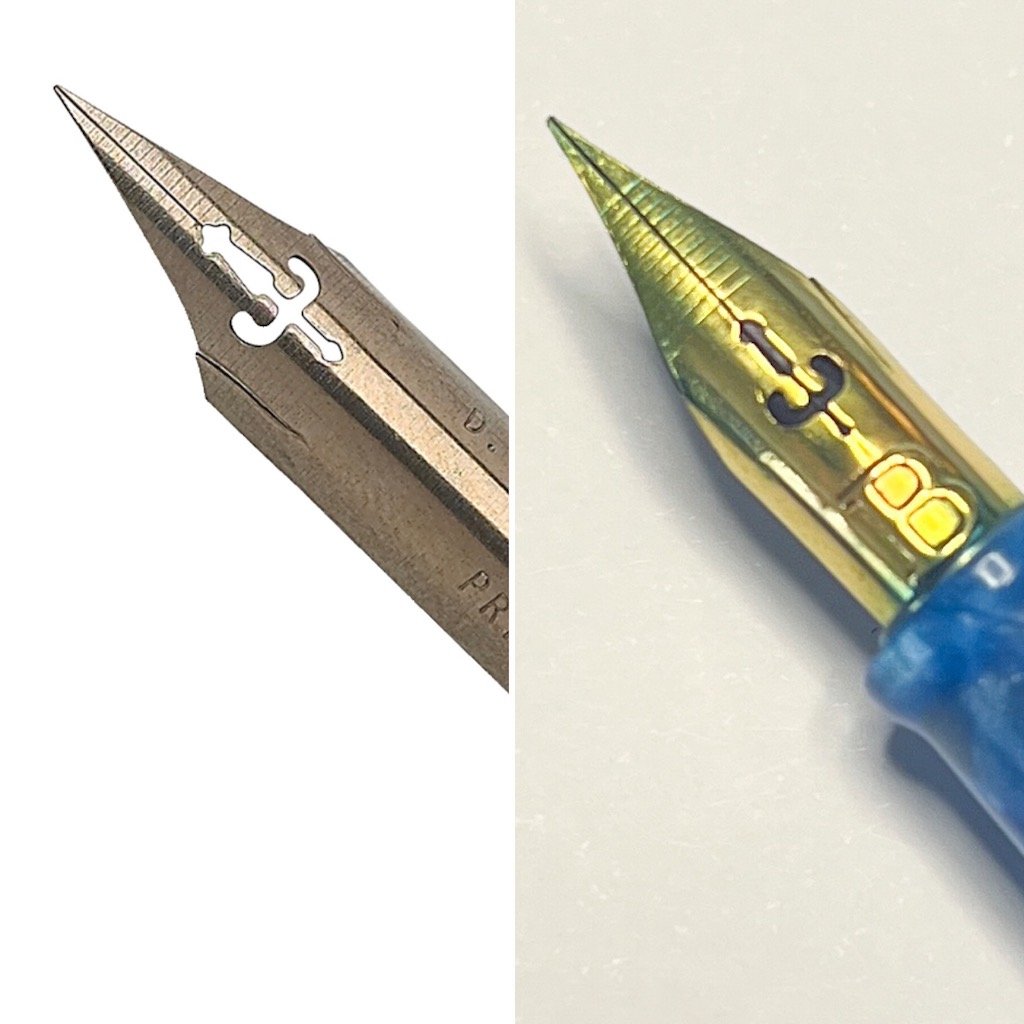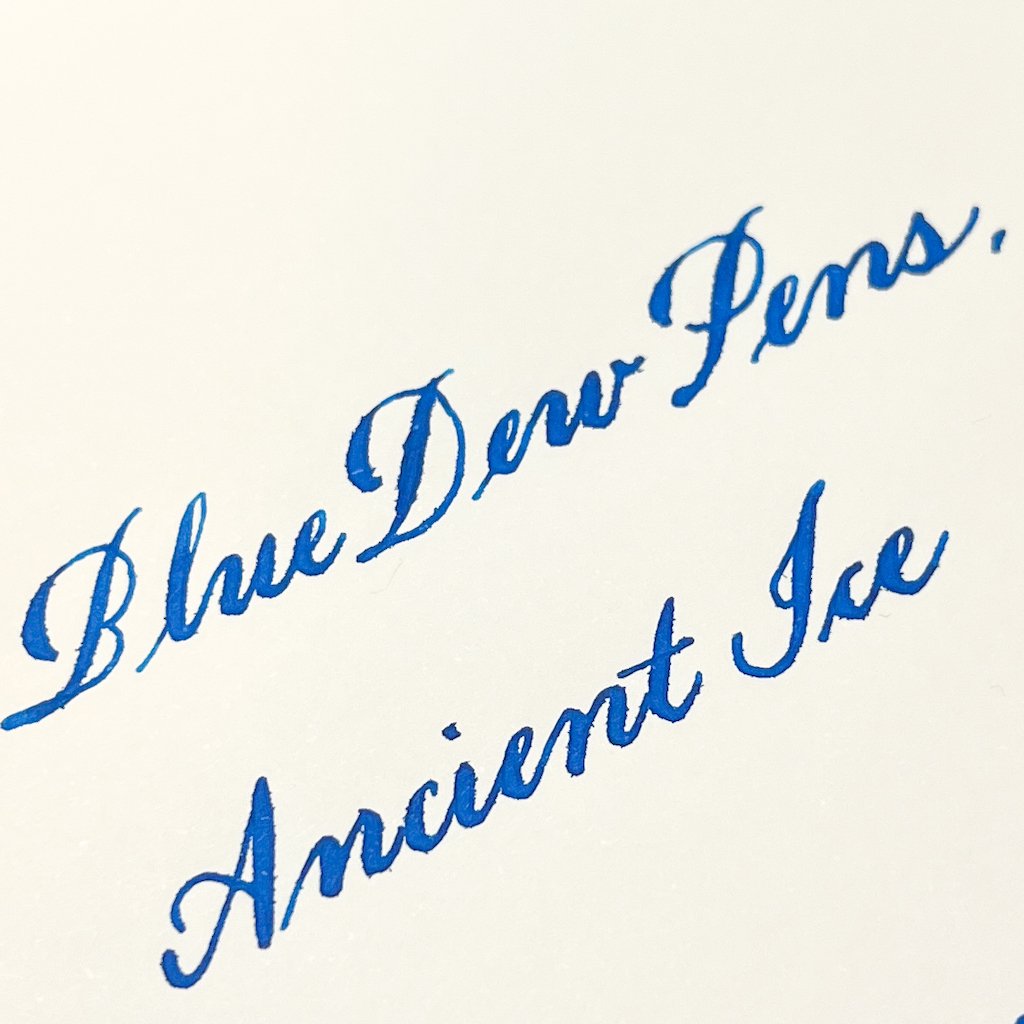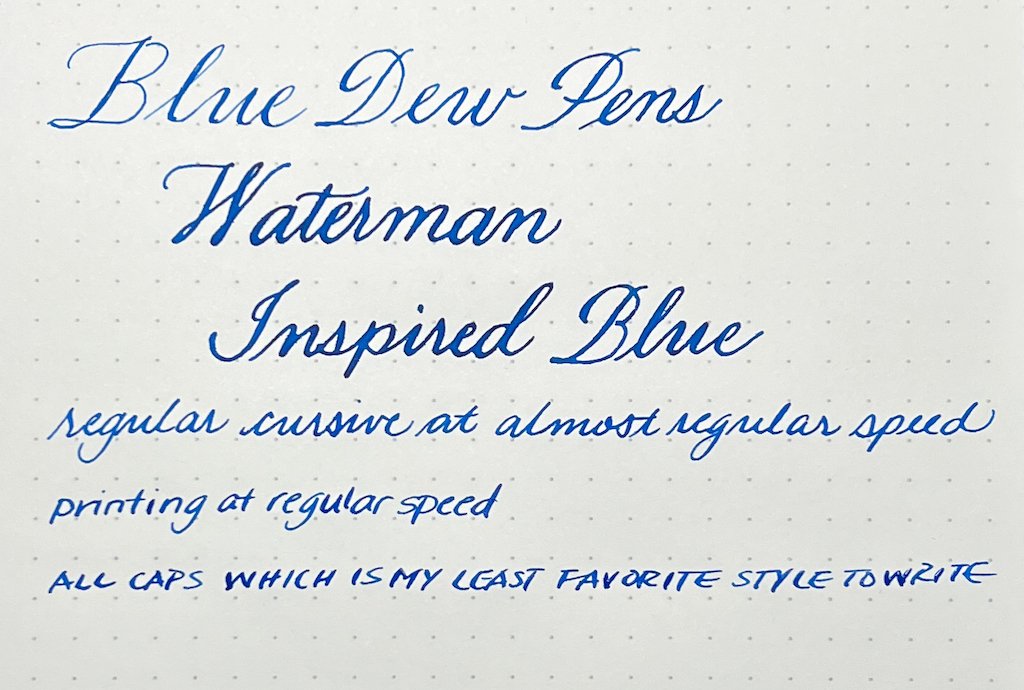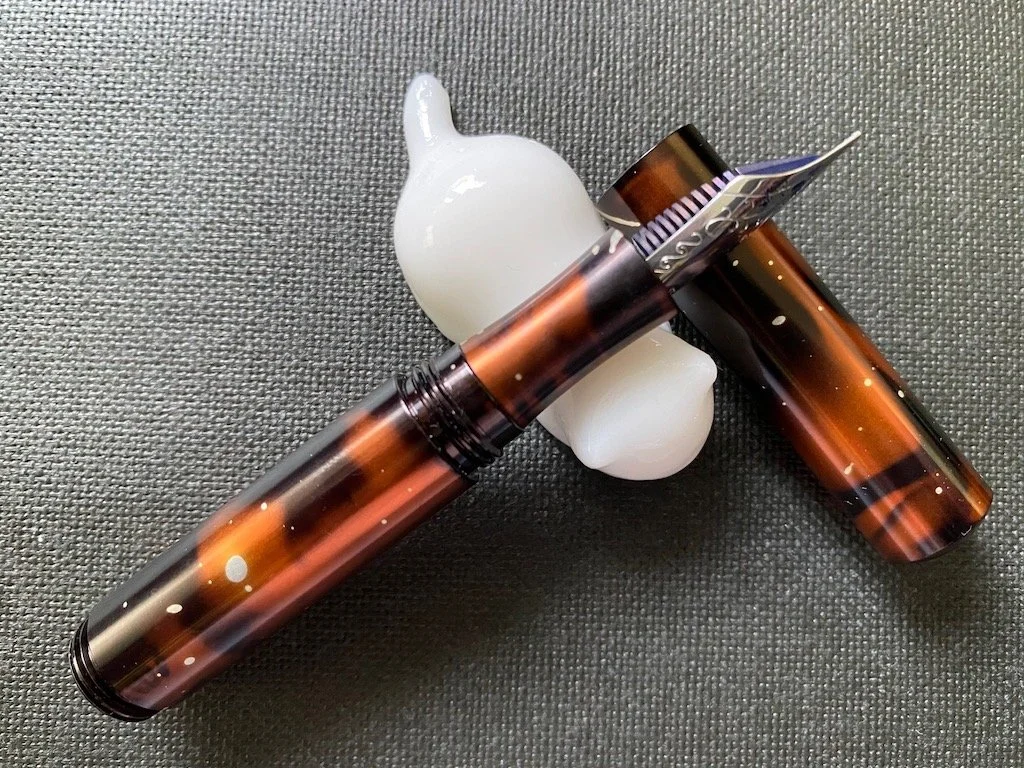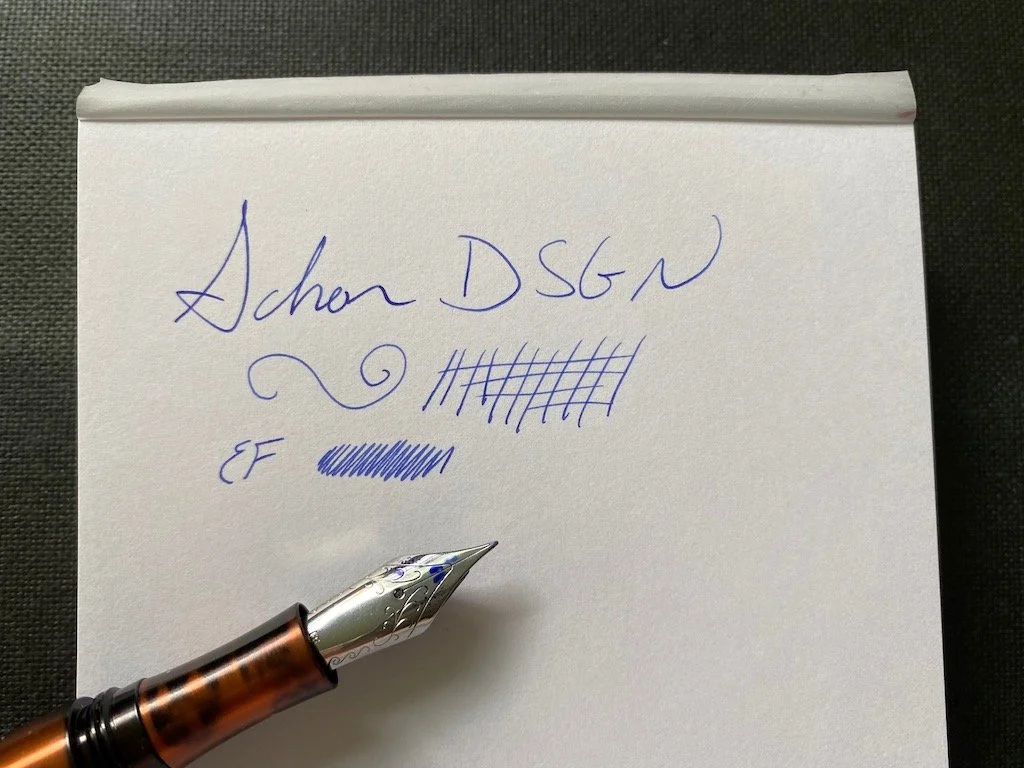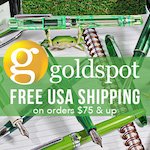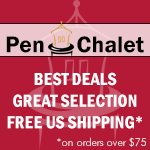When the Kaweco Premium Steel Fountain Pen Nib launched last year, my initial reaction was “the what now?” What is this? What is Kaweco saying about their current offerings? Is it worth the premium price for the premium nib? Who is this for? Is it any good? After spending a few months with this nib I am ready to tackle these questions.
I want to start with performance and quality first. Is the Kaweco Premium nib any good? I ordered the steel nib in extra fine, and it has been nothing but great right out of the box. The line is clean and sharp, while retaining its smoothness. I’ve used it exclusively in my Kaweco Steel Sport (which apparently I love so much I’ve reviewed it twice,) and I’ll readily admit it is better than the stock steel extra fine nib that it ships with. It should be.
So, what do you do with this information? For most Kaweco users, nothing. I’m guessing that the $25 Classic Sport-and related options-is far and away Kaweco’s best selling pen. It is good quality for a good price, and is a good choice for first time fountain pen buyers.
And the crowd chants “If you get a good nib!”
Stock nib quality control has been a long-time Kaweco issue, with the main culprit being the phenomenon pen users refer to as Baby’s Bottom. Jeff covered this issue, and how to fix it, because of the frustration his AL Sport nib was giving him. Unfortunately, his situation is not unique.
Kaweco Premium Steel EF, top, vs. Standard Steel.
With this being a recurring theme for the popular German pen maker, you would think they would address the issue directly. Maybe they have, as I hear fewer stories of bad out-of-the-box experiences, but that’s anecdotally speaking. There is still a dice-roll feel to ordering a Kaweco pocket pen of any style.
Kaweco Premium Steel EF, top lines, vs. Standard Steel writing comparison. The Premium nib is clearly wetter and smoother, which led to a nicer line than the drier stock EF nib.
What if I told you that you could guarantee a better writing experience on your $25 fountain pen by adding on a $45 nib? For starters, I’d feel like I’m being played for a fool. By introducing their Premium Nib lineup, Kaweco is telling me that their stock nibs aren’t good enough. That’s a marketing problem, but admittedly, only to obsessives like myself. A large majority of first-time Kaweco Sport buyers will have no idea this product exists. I just cross my fingers that they get a good nib, and their first foray into fountain pens isn’t ruined by a bad one.
Marketing aside, Kaweco did create a premium product that the aforementioned obsessives like myself will enjoy. Once. That is what the Premium Nib is to me. What exactly makes this nib premium? According to Kaweco, the tipping is larger, and each nib is hand-finished, giving these nibs a smoother, more consistent writing experience. Based on my experience, I concur with all of that. I’m glad to have this nib, and it will be in heavy use, likely over any other non-modified Kaweco nib I own.
If you have several Kaweco fountain pens that fit the smaller #5 nib, it would be worth buying a Premium nib to use interchangeably with your favorite pen barrels. I don’t think it would be worth it to change out all of your Kaweco steel nibs to Premium Steel nibs. Even though they are so easy to swap out, it doesn’t make financial sense.
Kaweco has also determined that it doesn’t make financial sense for them to improve their stock steel nibs, so this is the price you have to pay for better quality control.
For a full writing breakdown, check out this wonderfully thorough Yoseka Stationery comparison post.
(Vanness Pens provided this product at a discount to The Pen Addict for review purposes.)
Enjoy reading The Pen Addict? Then consider becoming a member to receive additional weekly content, giveaways, and discounts in The Pen Addict shop. Plus, you support me and the site directly, for which I am very grateful.
Membership starts at just $5/month, with a discounted annual option available. To find out more about membership click here and join us!

